
Some poultry keepers don't heat the water then break it out when they are frozen and fill the water up. Chickens, and especially laying hens require fresh drinking water 24/7, so the time in the day the water is frozen, they are deprived of this. It takes one day for each hour a hen is without water for her to recover fully. Some will never lay the same again, there can be permanent damage, so poultry needs water all the time.
You can buy special heated chicken and poultry waterers from pet and poultry suppliers. These tend to be plastic which does not last as long on the farm. The freezing and thawing and then the additional heat from the heat trace and UV exposure can shorten the lifespan on a poultry font. Once brittle and cracked, they are difficult to repair, and once leaking are useless. If the waterer lasts longer than the heating wire, then it is difficult if not impossible, to repair or replace the coil.
Having a separate summer chicken
 waterer and a winter one that has to be stored in the off season means you have to have a storage spot where they will not be damaged in the interim. We avoid this by using the same metal waterer for both seasons.
waterer and a winter one that has to be stored in the off season means you have to have a storage spot where they will not be damaged in the interim. We avoid this by using the same metal waterer for both seasons.
There are a few ways to winterize and heat your waterer yourself. For safety and simplicity they all involve using electricity. Some people put a lightbulb in a tin under the water, and these do work to keep the water liquid in frigid temperatures. I am leery of placing an incandescent light bulb so close to wood shavings or straw bedding. Also being below the chicken water equipment, it is possible water can leak onto it, shorting the wire. Another down side is that the waterer generally has to be placed on the ground. Anyone who has chickens knows they will have bedding and shavings kicked into it very quickly.
We have a simple 10 minute adaptation to do to the hanging metal water founts in the autumn and it gives us great results all winter down to about -30°C.

A length of plastic coated waterproof water pipe heating cable available at the hardware store. Generally these will not use any electricity til the sensor reads a temperature drop below 5°C. To get the right length for your waterer and lowest temperatures, see below.
A roll of good quality electrical tape, cheap tape is not very sticky especially in the cold.
This depends on the size of waterer and your lowest winter temperatures and is based on our freezing Ontario winters. This is assuming there is no wind or draft and the waterer is in an unheated, uninsulated chicken coop.
You can put more than that on, it will increase costs, but may be necessary for the Prairies and down to -60°C. Generally poultry houses are heated in those locations, so I think 12 foot is the longest cord you would ever need.
There have been only a couple of occasions we have had these freeze up so the birds couldn't drink, and we had forgotten to plug the cable in.
By trial and error we have found the quickest and best way to wrap the waterer to keep the water liquid even at the coldest temperatures. If you don't get this right, you can bring the waterer in and re-wrap, but it's easier on you and the chickens if you get it first try.
 the black plastic sensor dot and thermostatn ear the plug is facing inwards toward the waterer as you follow along the trace to the other end and hold it against the metal.
the black plastic sensor dot and thermostatn ear the plug is facing inwards toward the waterer as you follow along the trace to the other end and hold it against the metal.
 winding the wire over the heat trace cover, unevenly, with the most of the heating wire in the bottom half of the water fount top. If you do not go around the base as close to where the water will be in the trough or if you wind evenly over the whole drum, the bottom can freeze.
winding the wire over the heat trace cover, unevenly, with the most of the heating wire in the bottom half of the water fount top. If you do not go around the base as close to where the water will be in the trough or if you wind evenly over the whole drum, the bottom can freeze. begin to tape one side of the heat trace (with 1/2 to 2/3 of the tape width on the metal and 1/3 to 1/2 half on the heat trace.
begin to tape one side of the heat trace (with 1/2 to 2/3 of the tape width on the metal and 1/3 to 1/2 half on the heat trace.It is safer to have any electrical wires, extensions etc coming from above to reduce risk of fire. Always be very careful with electrics and not overloading them in your chicken barn or hen coop. Seek professional advice if you are concerned.
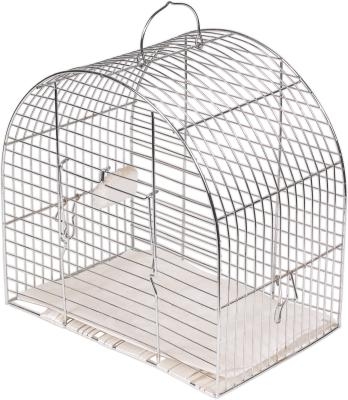 DIY: Metal Bird Cage
DIY: Metal Bird Cage
DIY: Metal Bird C
DIY: Metal Bird Cage
DIY: Metal Bird Cage
DIY: Metal Bird C
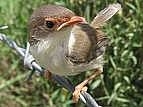 How to Make Squirrel Proof Bird Food Seed
How to Make Squirrel Proof Bird Food Seed
How to Make Squirrel Proof Bird Food Seed
How to Make Squirrel Proof Bird Food Seed
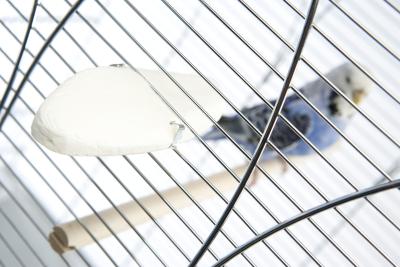 Homemade Bird Perch
Homemade Bird Perch
Homemade Bird Perc
Homemade Bird Perch
Homemade Bird Perch
Homemade Bird Perc
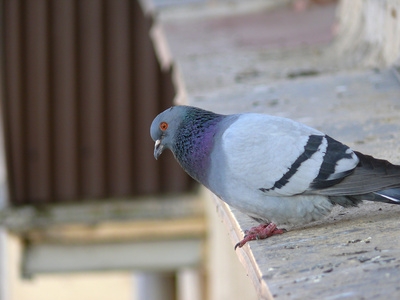 How to Build a Simple Bird Trap?
How to Build a Simple Bird Trap?
How t
How to Build a Simple Bird Trap?
How to Build a Simple Bird Trap?
How t
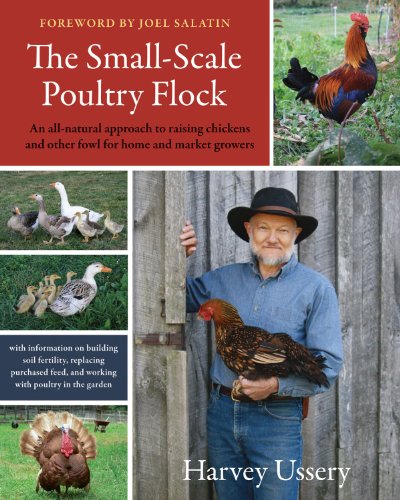 The Cubalaya Chicken
Poultry BreedsThe Cubalaya C
The Cubalaya Chicken
Poultry BreedsThe Cubalaya C
Copyright © 2005-2016 Pet Information All Rights Reserved
Contact us: www162date@outlook.com